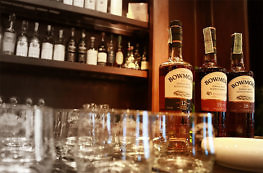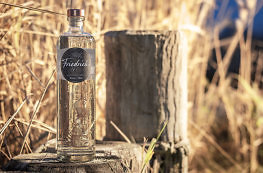Rum is undoubtedly one of the most popular alcoholic beverages in the world. Rum originates from the Caribbean. European naval powers and trade ensured that rum quickly became known throughout the world. There are many types of rum, so a first overview is very helpful. In the following report we show the peculiarities and differences of rum, explain its origin and taste and show what makes good rum.
1. What Is Rum?
An important basis for rum is sugar cane or sugar molasses. Some varieties, such as Ron Zacapa, use sugar cane juice. Sugar syrup is added to sugar cane juice and water. The resulting mash is fermented to produce a sugar wine with an alcohol content of about 4 to 5 percent. After distillation, the product has an alcohol content of 65 to 70 percent. For white rum, the clear distillate is diluted with water. Otherwise rum is stored in casks and gets its typical colour and special taste. These casks usually come from the production of whisky, sherry or wine.
For the first time Don Bacardi and Felice Presto tried the industrial production of rum. Around 1850, rum production was perfected in Cuba and Jamaica. The Cuban rum from Bacardi became popular and successful all over the world, which led to the Presto distillery in Jamaica, which was later destroyed. Especially the English around 1670 and the Danes around 1700 made rum famous in Europe.
2. Various Types of Rum
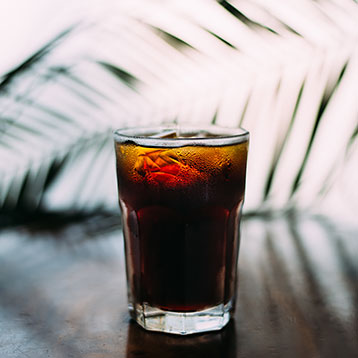
Original Rum: Original rum comes from the Caribbean and has not been altered in any way. The alcohol content is up to 74 percent by volume, which can be white or brown rum.
Overproof Rum: This is rum with an alcohol content of 57.5 percent vol. The product is mainly used for mixing cocktails.
Blended Rum: Similar to blended whisky, this is original rum. Blended rum is a blend of different types of original rum.
Rhum Acricole: This is a speciality of the French overseas departments. Sugar cane juice is used for this. According to French law, the product may bear the seal of Protected Designation of Origin. The drink is mainly produced in Haiti and Mauritius. In rum production, however, the product only accounts for a very small proportion.
Flavoured Rum: It is a flavoured drink based on rum. According to EU directives, it must contain at least 37.5 percent alcohol. If the value is lower, flavoured rum is considered a spirit or liqueur based on rum.
3. Special Rum Varieties and Their Meaning
With the numerous variants of rum there are also some special features. According to a decree, the Martinique rum has different quality levels. The Rhum Agricole from Martinique is offered as white rum, which is stored for at least three months in stainless steel casks. The AOC, the abbreviation for rhum paille or rhum ambré, is stored in oak casks for at least one year. If the rum is stored for three years or more, it is called “old rum” or “rhum vieux agricole”. There are three varieties that are stored in oak casks: VO (at least three years), VSOP (at least four years) and XO (at least six years). A real speciality is the Rum hors d’age, which is stored for ten years or longer and can cost several hundred euros.
The Jamaica Rum stands out for its strong and spicy taste. Because of the intense taste, the rum is usually diluted with water or blended with other alcohol. High-quality Jamaica rum is used for cocktails or drunk pure.
In Germany there is the Flensburger Rum-Verschnitt (blended or “cut” rum). It is a mixture of brown rum, water and neutral alcohol. This speciality has a long tradition of the Flensburg rum trading houses, which were closely connected with Denmark and thus with the trade of rum with Danish West Indies in the 18th century. Czech rum was initially produced from sugar beet. Today, after joining the EU, the brandy is called Tuzemak.
4. Quality Characteristics of Rum
A good rum has some important quality characteristics. Similar to whisky or cognac, the sugar cane brandy is stored in wooden casks in order to mature. The motto is: the longer, the better. This means that the longer the rum can ripen, the more aromatic and fuller the taste. In addition, the colourless distillate takes on a typical yellow and brown colour. However, some manufacturers use sugar couleur for colouring, which hardly impairs the taste. White rum is usually stored in stainless steel casks for about six to thirty months. Dark rum varieties usually have a strong aroma and a sweet taste of fruit or chocolate, or a touch of coffee or tobacco.
5. The Most Common Rum Producing Regions
The following countries are now the main exporters of rum to the EU:
5.1 Caribbean
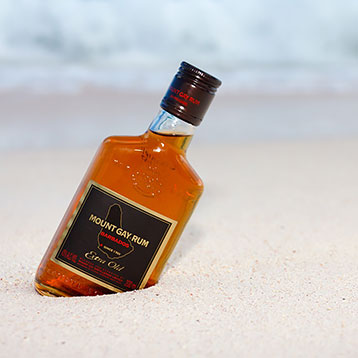
Rum comes mainly from the Caribbean. The largest Caribbean island Cuba is to be mentioned here. Cocktails like Cuba Libre, Mojito, Daiquiri or Mulata were created here. Curiously, we associate this with rum today, although production only began here in the 19th century. Over a hundred distilleries were connected to the sugar plantations, which accounted for a third of the world’s production of cane sugar. In Cuba alone, there are now around forty varieties of rum with a wide variety of taste nuances.
5.2 Jamaica
Jamaica is also a well-known rum producer. Rum is closely linked to Jamaican culture. The rum is distilled in pot stills and thus becomes particularly elegant and light in taste.
5.3 Martinique
Martinique, as a French colony, was responsible for a boom in France when phylloxera destroyed a large part of the wine harvest in the 19th century. As an alternative, the French used rum from Martinique. During the Crimean War 1853 to 1856, rum kept French soldiers happy. In addition, sugar was extracted from sugar beets in France, so that sugar exports collapsed. The distilleries produced rum from sugar cane juice.
5.4 Guadeloupe
Similar to Martinique, Guadeloupe was also affected by phylloxera. Even more rum is produced here than in Martinique. This is where the rum is made from molasses and is traditionally called rhum. Today rum is also made from sugar cane juice and is particularly aromatic.
5.5 Barbados
Barbados belongs to the Lesser Antilles and is also big in rum. The three distilleries Mount Gay, West Indies Rum and Foursquare are well known. Mount Gay Rum is a rum with a past, because the rum was used as a means of payment for the slave trade. The inhabitants therefore also call the rum black rum.
5.6 Saint Lucia
Saint Lucia captivates by rain forest, volcanic soils, palms, banana plantations and rum shops. Since the 19th century there has been sugar cane and rum here. In the 1960s bananas replaced sugar cane, so that today a large part of the molasses has to be imported. Nevertheless, Saint Lucia has 21 different types of rum to offer. The largest distillery, St. Lucia Destillers, is currently planning an organic rum.
5.7 Trinidad
Trinidad also belongs to the rum producers. The rum production is done meticulously, the rum from Trinidad even made the place in the music of the Andrew Sisters. Among the distilleries Angostura Bitters can be mentioned. The Angostura rum is considered to be very light and is offered in different varieties as white, golden or brown or dark rum.
5.8 Central America
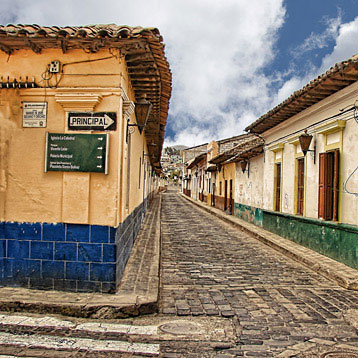
The sugar cane required for rum comes largely from Central America. The light rum from Mexico, for example, is in demand all over the world today. Besides coffee, rum is an important export hit in other Central American countries such as Guatemala or Nicaragua.
5.9 Brazil & Venezuela
Because sugar production in the Caribbean is constantly declining, the Caribbean islands depend on sugar cane from South America, especially Brazil and Venezuela. Venezuela was the home of the manufacturer Angostura, which goes back to the German physician Johann Sieger. Today, Angostura is located in Trinidad and Brazil. Venezuela is considered the main producer of sugar cane.
Brazil, on the other hand, is also known for cachaca, a rum-like spirit made from molasses, sugar syrup or sugar cane juice. In the 15th and 16th centuries, slaves received the drink as an intoxicant. The drink was also used as a means of payment.
5.10 Guyana
Rum from Guyana is above all expressive, heavy and intensely fruity. The last still existing distillery here is called Diamond and produces, among other things, El Dorado Rum, which is one of the best in the world.
6. How to Drink Rum
Ideally, rum is tasted pure in order to enjoy its full aroma. Rum should be drunk and stored at room temperature. The right glass is also important. The perfect rum glass has a bulbous body, narrows in the middle and opens again at the edge. Similar to a grappa glass, a rum glass can also have a stem. High-quality rum has a beautiful colour between pale gold and red-brown. In addition, the fruity fragrance with a hint of vanilla or chocolate stands out.
7. Popular Rum Cocktails and Mixed Drinks
7.1 Mojito
The Mojito is not only a true classic among cocktails or long drinks, but also particularly refreshing. The Mojito consists of white rum, lime juice, sugar syrup, mint leaves, soda and crushed ice. Legend has it that in the 16th century the mojito was mixed by buccaneers against stomach problems. The drink is served in a highball glass. First the white rum is filled in, then the lime juice follows, then the sugar syrup and finally the mint leaves.
7.2 Lumumba
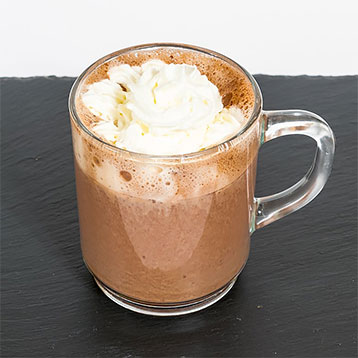
A typical mixed drink with rum is also Lumumba or less flattering Tote Tante. Cold or hot cocoa is mixed with a dash of rum and garnished with whipped cream. Alternatively, brandy or amaretto can also be used. The drink is particularly popular in northern Germany, but also in the Netherlands and Denmark. The name Lumumba comes from a politician from Congo.
7.3 Cuba Libre
Cuba Libre is another classic cocktail that doesn’t do without rum. It consists of white rum, lime juice, Coca Cola and ice cubes. As the name suggests, the long drink stands for the joie de vivre of Cuba, but also for the long struggle for freedom and independence. The Cuba Libre is served in a long drink glass. The glass is filled with ice and the rum is served over it. The limes are quartered and the juice squeezed out. The drink is filled with cola and garnished with a slice of lime.
7.4 Grog
The grog was particularly popular with seafarers, as it was not a typical cocktail, but rather a hot mix drink based on rum. Brown rum is mixed with hot water and sugar. As an alternative, a dash of lemon juice can also be added. First the rum is put into a glass, then the sugar cube. Now add the hot water and stir the drink until the sugar has dissolved.
8. Frequently Asked Questions (FAQ)
How Long Does Rum Last?
In principle, rum can be kept unopened for decades. The only problem is that over time the aromas evaporate, especially when the bottle is opened. Then the rum should be drunk in a few weeks. Rum and similar spirits lose their aroma and alcohol content over time as they evaporate.
In Which Casks Does Rum Mature?
For the storage of rum the different manufacturers use the most different wooden casks. Brown or dark rum is usually stored in oak casks. Previously these were usually used for white or red wine, port wine, sherry, whisky, cognac or calvados. This is how the individual colour is created. The cask also influences the taste and aroma. White rum is usually stored in sterile stainless steel casks.
How Many Calories Does Rum Have?
A glass of rum with about 100 ml has a calorie content of about 230 kcal. This corresponds to about 6 chicken nuggets.
White or Brown Rum – What Is the Difference?
The difference between white and brown rum is the colour. White rum is bottled directly as a distillate. Alternatively, the rum is matured in stainless steel casks. In this way the typical yellow or brown colour is avoided. The Rum Havana Club Anejo 3 from Cuba, which is popular in Germany, is called white rum, although it actually belongs to the brown rum varieties. In contrast, brown rum accounts for the largest share of rum production. The golden yellow or brown colour comes from aging in oak casks previously used for wine, sherry or whisky. Depending on the length of storage, the colour may be light yellow-brown or a strong reddish brown or dark brown. Some producers also add caramel syrup or sugar couleur to the rum for the colour.
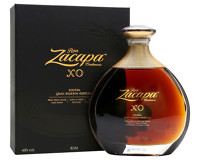
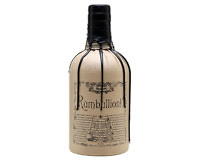
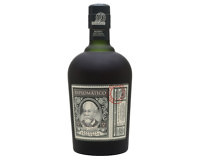
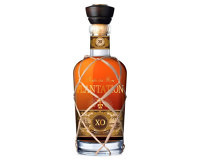
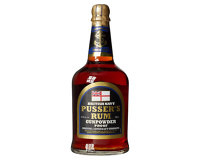
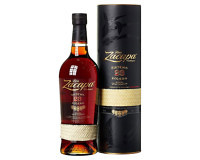
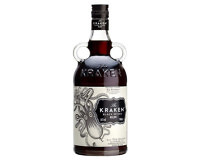
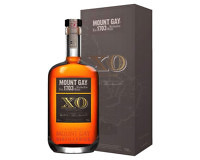
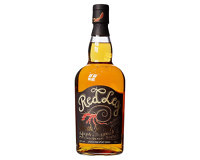
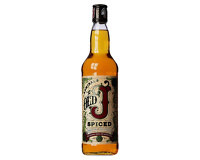
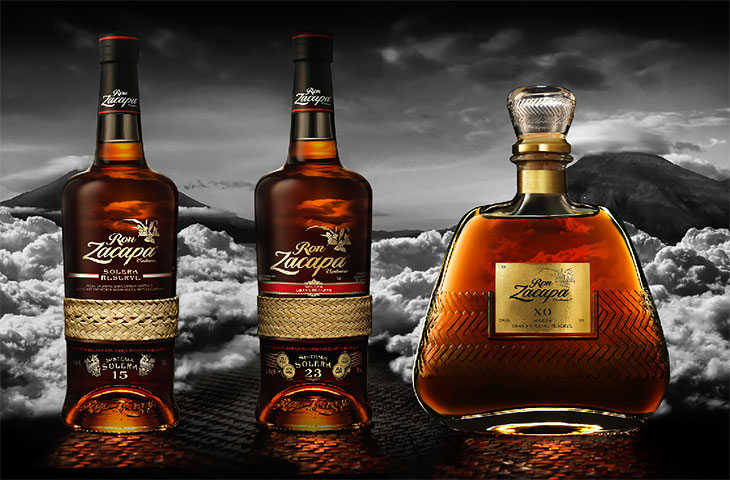

 (7)
(7)
